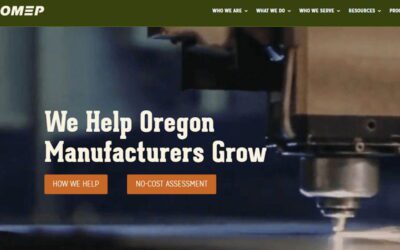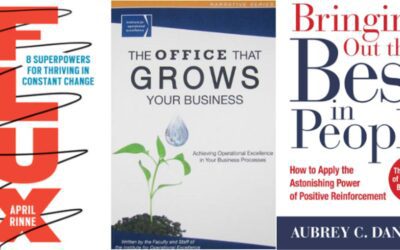This article was originally published in the Portland Business Journal by Natalie Cohen and Justin Eckley. Read the original article here
The new tax-reform law — commonly referred to as the Tax Cuts and Jobs Act of 2017 — contains various changes intended to boost business growth.
Accordingly, there are certain provisions that all companies — especially in technology and manufacturing industries — should consider pursuing if accelerating innovation is a priority. The CFO who gets a handle on these provisions now will be better prepared to act on cost-saving opportunities before they slip away or new costs arise.
The case for R&D tax credits
The R&D tax credit is better than ever due to three key changes:
- Lower corporate tax rates
- Elimination of the corporate alternative minimum tax
- Higher alternative minimum tax exemptions for individual taxpayers
This is good news for established companies — many of which saw little benefit because of the corporate alternative minimum tax. It’s also promising for early-stage entrepreneurs and owners of pass-through businesses, such as LLCs and S corporations, who report income on their personal returns.
Assessing the impact of your R&D
The bigger change is how companies will need to account for the tax impacts of R&D in their future-looking, product-development and process-improvement roadmaps. Although the R&D tax credit has been made permanent, beginning in 2022, companies will need to capitalize R&D expenditures and amortize the deduction over a period of time:
- Five years — U.S-based expenditures
- 15 years — Expenditures outside the United States
Projects that might ultimately be abandoned will still need to be amortized over the remainder of the period to which they’re subject.
This change is intended to incentivize companies to do business at home, but for technology companies that operate on iteration, agility, and the best engineering they can find — wherever they can find it — the real benefits can be found in the following:
- Focusing on a solid plan
- Gaining clarity into financial projections
- Saving costs down the road
Consider a typical software company. Every day, project teams build and improve products to provide customers with a better user experience. Meanwhile, the company is enhancing its internal operating performance by integrating new tools to better manage vendor and customer relationships.
Each of these initiatives is filled with costs, such as employee wages, contractual R&D fees, or hard costs for supplies used in the innovation process. Looking ahead to 2022, the tax savings associated with these costs might take longer to come to fruition — increasing the upfront cash-flow burden on a company.
Building a new plan
Companies may benefit from accelerating R&D planning and other priority activities prior to 2022. Here are three things to focus on now.
1. Assess your five- or 10-year plan
When creating and assessing a five- or 10-year plan, follow these steps:
- Build an inventory of all product-development and process-improvement projects under consideration
- Assess the total cost of those projects
- Prioritize projects based on the company’s strategy
If foreign-based engineering research is part of a company’s plan, conduct a cost-benefit analysis. This can help determine if it would be beneficial to do the work in the United States and accelerate the timeline for deducting these costs.
2. Build a system to track costs
Evaluate all time and expenses — such as employee wages, supplies, and contract expenses — to determine how they’ll be accounted for under the new tax law.
3. Look for hidden opportunities
Most companies have focused on evaluating R&D credits instead of planning for changes to the timing of the tax deduction, but many are still overlooking hidden costs that could be classified as R&D.
Use this planning period to take a fresh look at R&D initiatives to determine where a credit might benefit the business. Also, don’t forget about the payroll tax offset that was introduced a couple years ago.
R&D incentives encourage entrepreneurs to invest in innovation, and that’s what the technology industry does best. The companies that get ahead work every day to create new products, new services, and new ways to improve their businesses. With smart planning, those companies will be better positioned to save money, reinvest in their business, and hit the growth goals they set out to achieve — and that’s the best incentive of all.
For more information, please visit mossadams.com.
Assurance, tax, and consulting offered through Moss Adams LLP. Investment advisory services offered through Moss Adams Wealth Advisors LLC. Investment banking offered through Moss Adams Capital LLC.
Natalie Cohen serves technology and manufacturing clients and specializes in technical tax research projects, tax-return and income-tax provision reviews, and tax-planning strategies. Reach her at (503) 478-2130 or natalie.cohen@mossadams.com.
Justin Eckley serves clients in the manufacturing and distribution, technology, and construction industries. He has experience with technical tax-research projects, tax-return and income-tax reviews, and various tax-planning strategies. Reach him at (503) 478-2260 or justin.eckley@mossadams.com.



